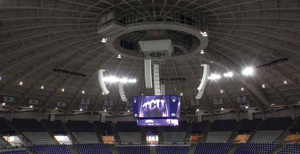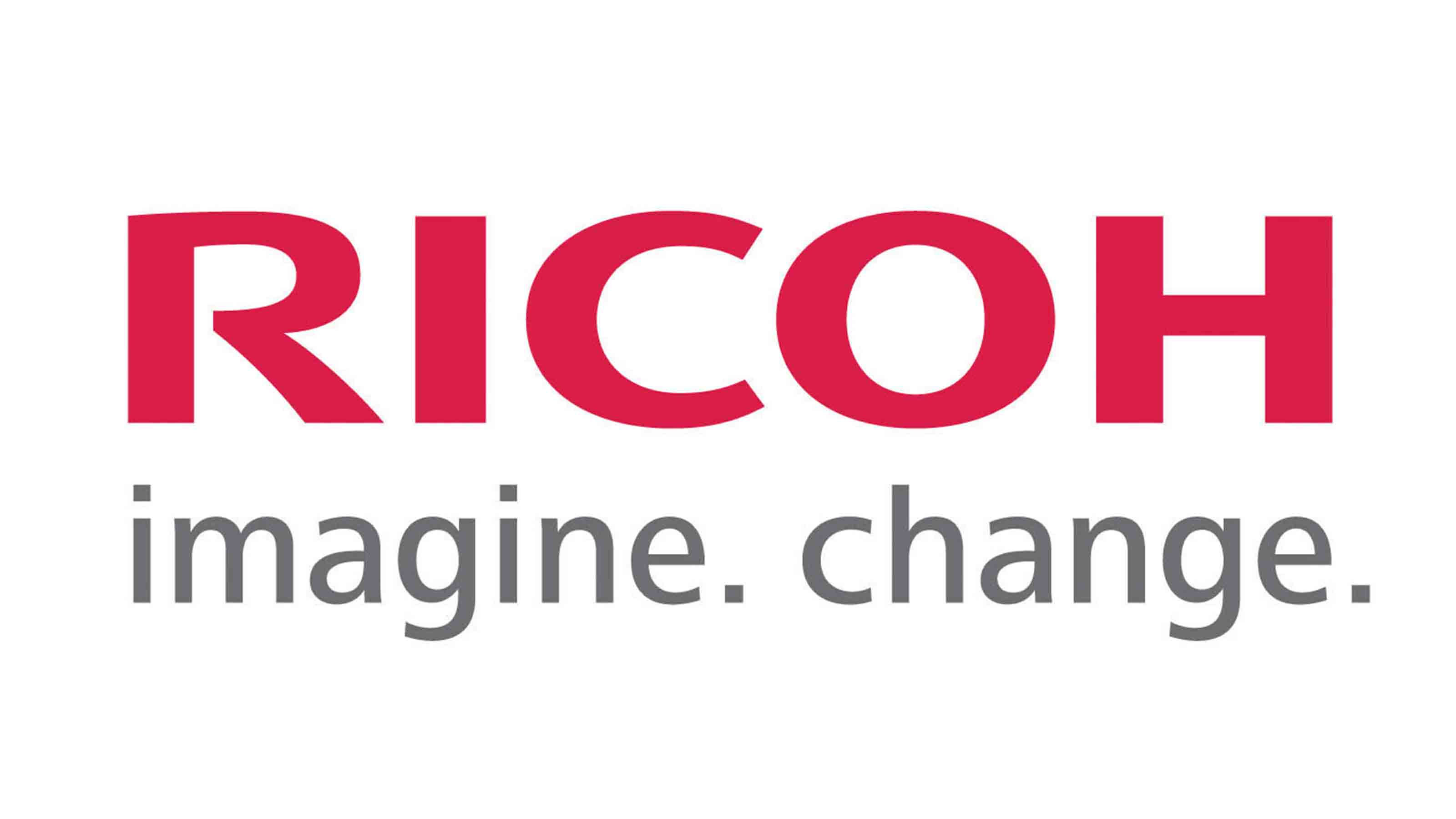Leaping Line Arrays

TCU’s Horned Frogs Get Hopping With A New PA System
Texas Christian University’s Daniel Meyer Coliseum, used for the Horned Frogs basketball team, commencements, banquets, exhibits, and other special events, is the recent recipient a new Electro-Voice EVA (Expandable Vertical Array) loudspeaker system, designed and installed by Electro Acoustics (EA) of Fort Worth, TX. EA asked the Dallas firm, Wrightson, Johnson, Haddon & Williams (WJHW) to do peer review.
Acoustics at TCU’s Daniel Meyer Coliseum were a challenge because the arena is a round room with a domed ceiling. To overcome it, line arrays were used to direct the focus of energy to the listeners.
WJHW’s Gary White said the installation represents the first time his firm has encountered the speaker system. “Reports from the installer and the university are that the system sounds great and provides very good voice and music reproduction,” he said.
The main Coliseum system consists primarily of six arrays in an outward- facing circle, each comprised of a set of six dual-element line array modules: three EVA-2082S 906s, two EVA-2082S 126s, and one EVA- 2082S 1220. Passive jumper settings for each module were determined in the project’s design phase using Electro-Voice’s LAPS II line array prediction program.
Acoustics were a challenge because the arena is a round room with a domed ceiling. To overcome it, line arrays were used to direct the focus of energy to the listeners.
TCU has been an EA customer for some 20 years, EA president/chief steward Chris Jordan said, for multiple projects including previous EV systems. “They had worked well and reliably, but the University was ready for a main system upgrade that could pump up the excitement level in the Coliseum and also improve speech clarity and articulation.”
A daily selection of the top stories for AV integrators, resellers and consultants. Sign up below.
Typically, each power amplifier and DSP output can only be used for one or two modules in an array, Jordan explained. “But with the EVA system there are passive jumpers on the loudspeaker that allow you to set the overall attenuation of the speaker and also the individual attenuation of each high-frequency driver. This provides quite a bit of adjustment of each array module, but since all these adjustments are made passively at the speaker instead of in the digital processor, you can feed the array from a single DSP output and power it with just one high-powered amplifier.”
The result, he said, is a “huge savings in the cost of processor outputs, power amplifiers, and wire required for a system. If your array would have needed six 500-watt amps, instead you can use a single 3,000-watt amp. At TCU, using EVAs saved more than $75,000 compared to other line array systems. The volume and frequency response is exceptional. They had their first use at TCU’s graduation ceremonies and the commencement service and speech were easily understood and natural.”
Rather than putting a subwoofer with each line array, Bosch Communication applications engineer Stu Schatz recommended a line array of subs in the center of the room, just above the scoreboard. “I developed special processing within the sub array for even distribution of sub base frequencies within the room,” he said. “The base levels are same on floors and in the seats. This has been used before and we will continue to use it when applicable.”
Processing for the system was accomplished using the EV NetMax system. Not only did this system provide all of the typical DSP functions, it has the added benefit of controlling the amplifiers and supervising the system. The NetMax 12-inch color touchscreen provided simple ergonomic control of system user presets and volume adjustment.
The system also features two mixers. A main mixer, for basketball events, located on a table next to the announcer, also has a CD player and MP3 input. Additionally, an Allen and Heath 16-channel rack mount mixer is available to adjust sound for live spoken events such as commencements and choir performances.
